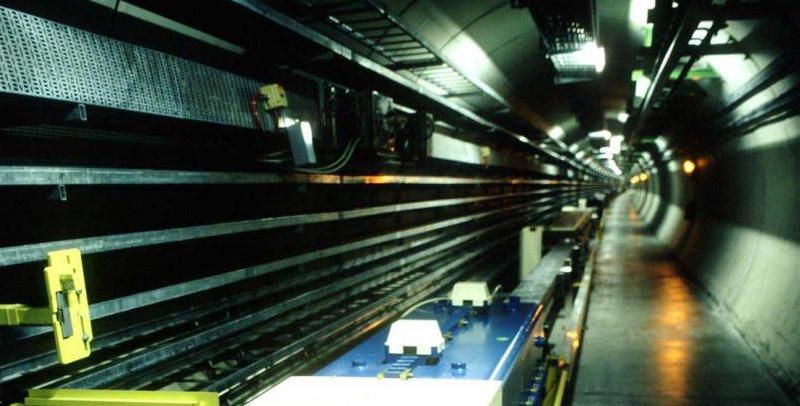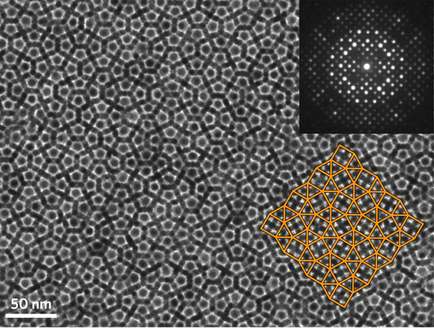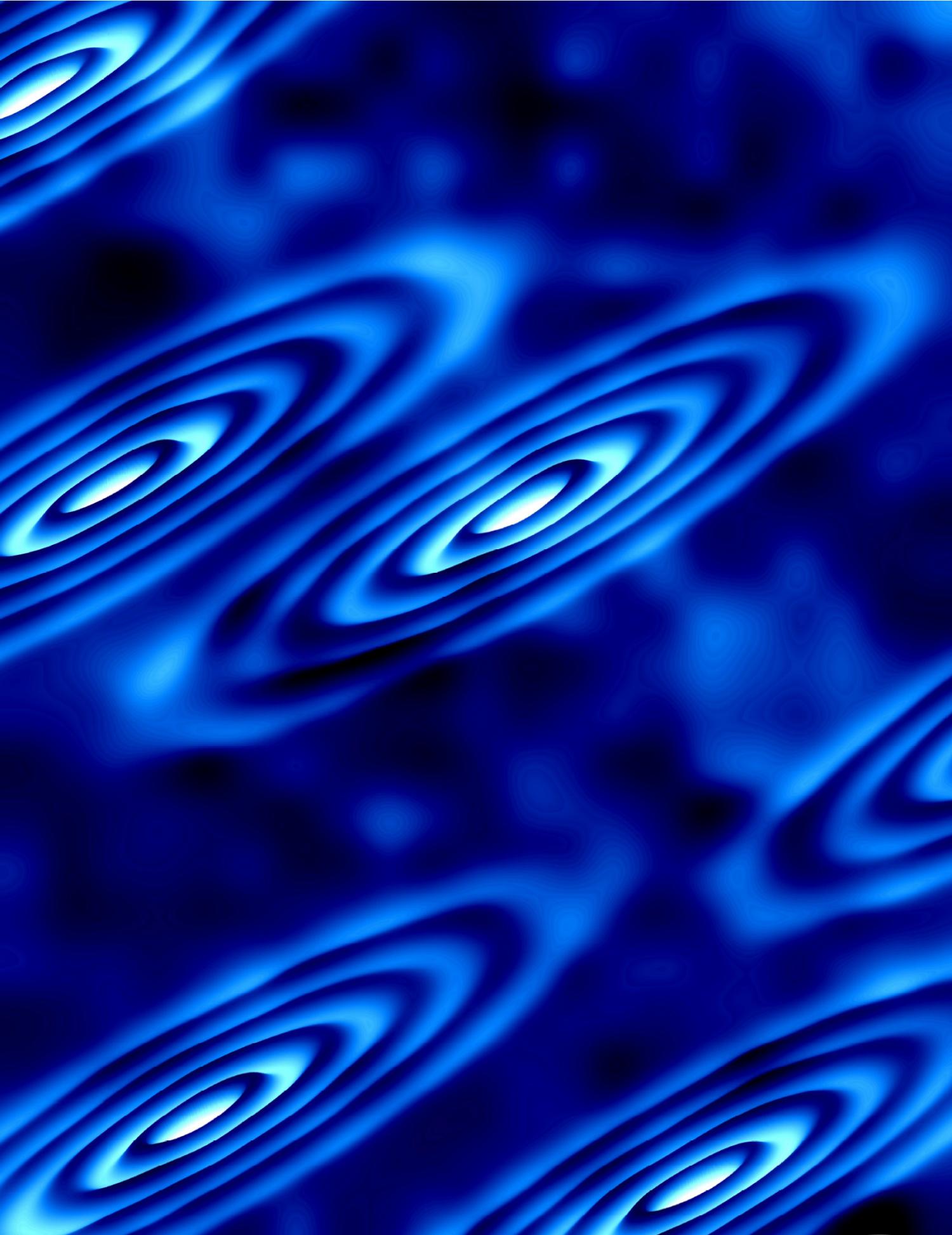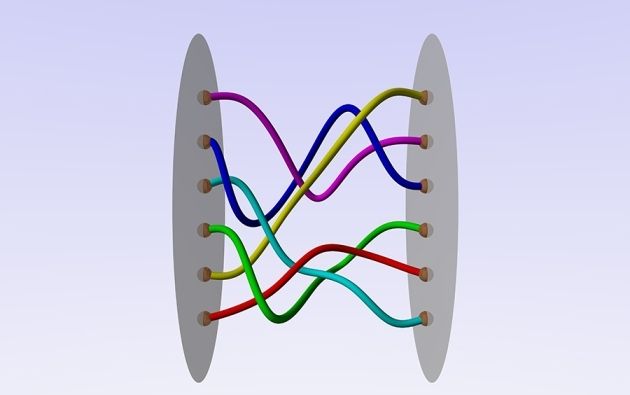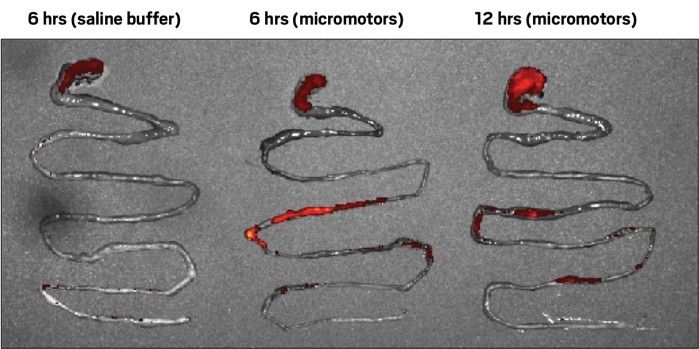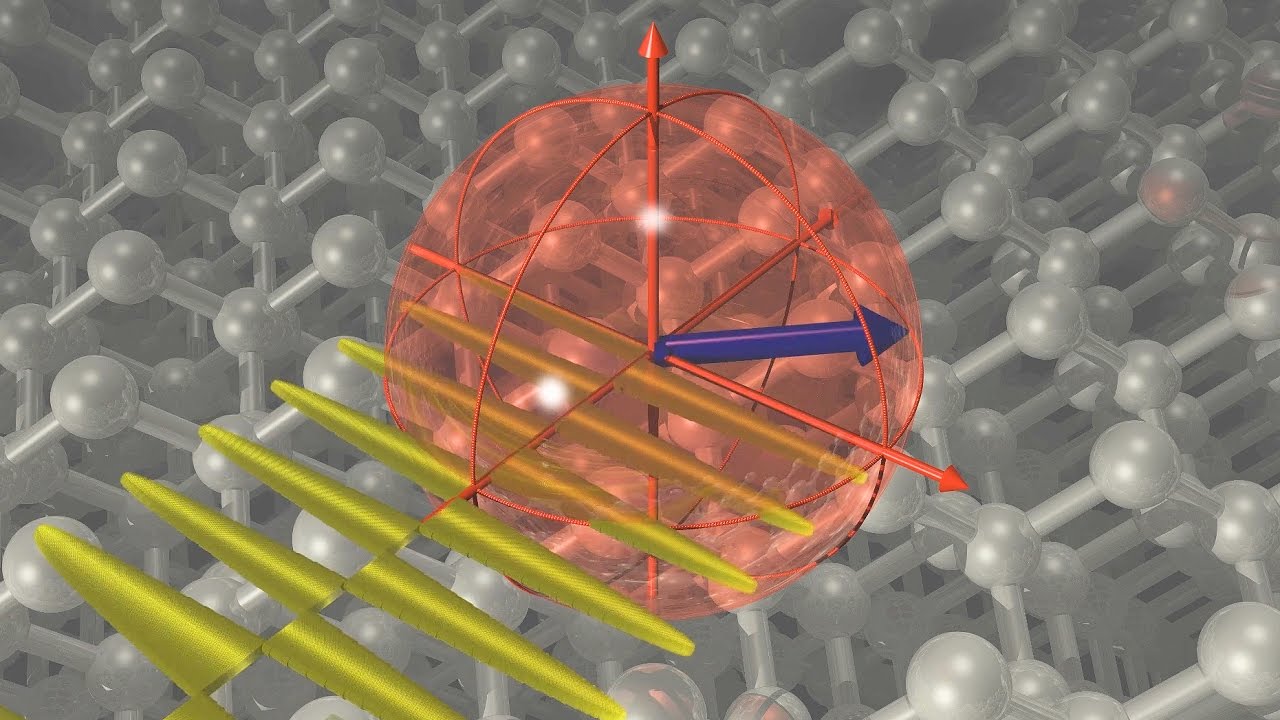Drug discovery is a long and difficult process that requires a comprehensive understanding of the molecular structures of compounds under investigation. It’s difficult to have an idea of the precise shape of complex molecules such as proteins, but researchers at University of Melbourne in Australia have come up with a way of seeing the location of individual atoms within biomolecules.
Using quantum bits, most notably utilized in quantum computer research, the investigators offer a way of producing a magnetic resonance sensor and a magnetic field gradient that can work as a tiny MRI machine. The machine would have the resolution capable of seeing single atoms components of larger molecules. This MRI machine has yet to be actually built, but the steps have been laid out based on comprehensive theoretical work. If it proves successful in practice, the technology may overcome current imaging techniques that rely on statistical averages and don’t work well on molecules that don’t crystallize well.
“In a conventional MRI machine large magnets set up a field gradient in all three directions to create 3D images; in our system we use the natural magnetic properties of a single atomic qubit,” said lead author of the research Viktor Perunicic. “The system would be fabricated on-chip, and by carefully controlling the quantum state of the qubit probe as it interacts with the atoms in the target molecule, we can extract information about the positions of atoms by periodically measuring the qubit probe and thus create an image of the molecule’s structure.”



